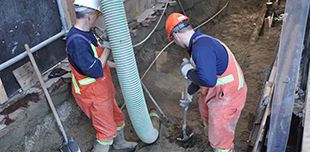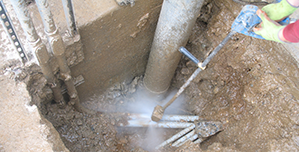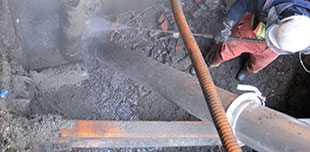An aging septic tank usually has a lifespan of 20 years or more. But its life can be extended depending on how well it is maintained and taken care of. The life of your aging septic tank can be maximized from 30 to 40 years with proper usage. The following tips are listed to help prolong the lifespan of a septic tank.
- Rainwater must be kept away or diverted from the drainfield. The drainfield is where the treated waste is absorbed. If the drainfield becomes muddy or soggy it would be less absorbent thus will result in failure of the whole septic system in the long run.
- Keep tress away from the aging septic tank. The growing roots may affect the tank year after year. Trees should be kept away within a proximity of 100 feet. In worst case scenarios, the roots may break the drainpipes and will require that the whole system be replaced or fixed immediately.
- Do not flush solid objects in the toilet. How many times have we been warned about this? Objects such as tissues, napkins, tampons, diapers and other solid objects may clog the pipes or would easily fill up the aging septic tank. If so, fill the tank with solid rapidly and would need to be pumped out earlier than the usual schedule.
- Do not pour grease or oil down the sink. These substances may cause damage to the aging septic tank. These oils and grease will eventually solidify causing blockage in the drainage system. If this is done repeatedly in years it would be difficult to clear them out.
- Maintain a regular cleaning schedule. Any septic tank would need regular pumping and cleaning. Every three or four years it would need to be cleaned to prevent accumulation of clogs and debris that would be more difficult to remove in the following years. Do not wait until the tank is clogged before it is scheduled for pumping and cleaning.








